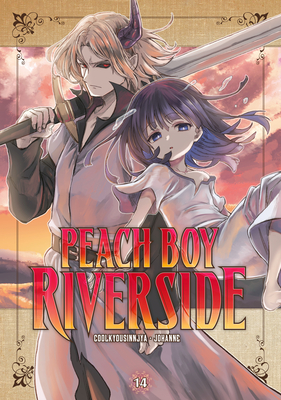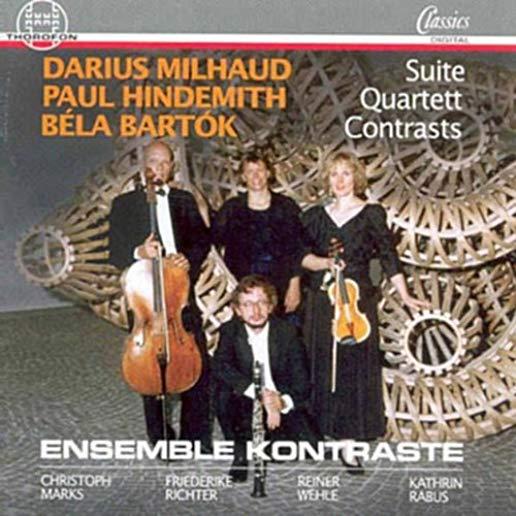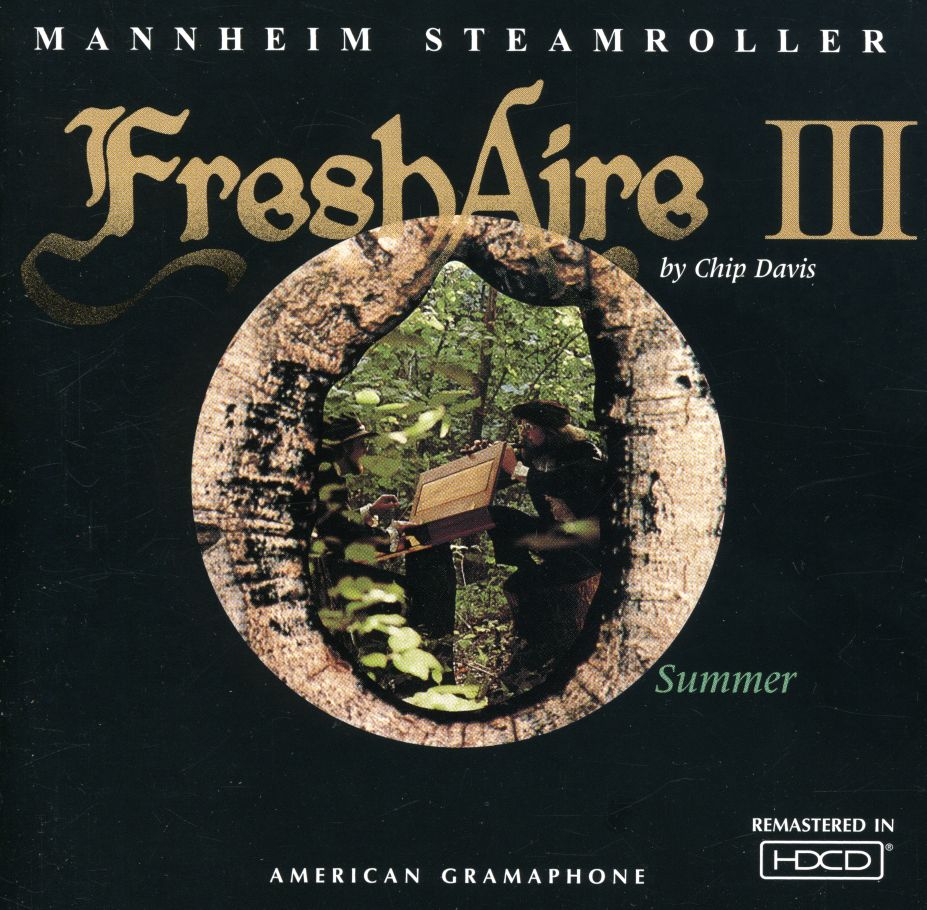
The birthplace of the Arab Spring in 2010, this fascinating nation crams much excitement and interest into a small area - whether you fancy relaxing on Mediterranean beaches, camel-trekking or quad-biking in the Sahara Desert, or marveling at the moonscapes of Chott el Djerid salt lake. In the 2,000-year-old capital of Tunis, originally a Berber settlement, you can haggle in the ancient Medina, browse artifacts at the Bardo National Museum or enjoy fresh seafood at waterfront restaurants. Archeology aficionados will hardly know where to begin in Africa's fourth-richest country for UNESCO World Heritage Sites: the remnants of Ancient Carthage, perhaps, or superbly preserved Roman ruins, such as the world's second-largest amphitheater of El Jem?
Djerba, where Berbers, Muslims and the world's oldest Jewish community have co-existed for centuries, is a world-renowned kitesurfer's paradise. Sunseekers have over 1,000km of coastline on which to bask - why not sip cocktails at the upmarket resort of Gammarth, just north of Tunis - while hedonists can party at a mammoth 30-hour rave in the desert at Ong Jmal. Meanwhile, film buffs can make pilgrimages to sets used in the Star Wars movies or explore canyons used by Steven Spielberg' for an Indiana Jones film, and culture vultures can visit Islamic sites such as the Ribat of Monastir fort or 7th-century city of Kairouan.
With a language appendix covering Tunisian Arabic and French, detailed context that helps visitors travel with awareness and sensitivity, and in-depth travel information, Bradt's Tunisia is an indispensable practical companion to exploring this exciting country.







